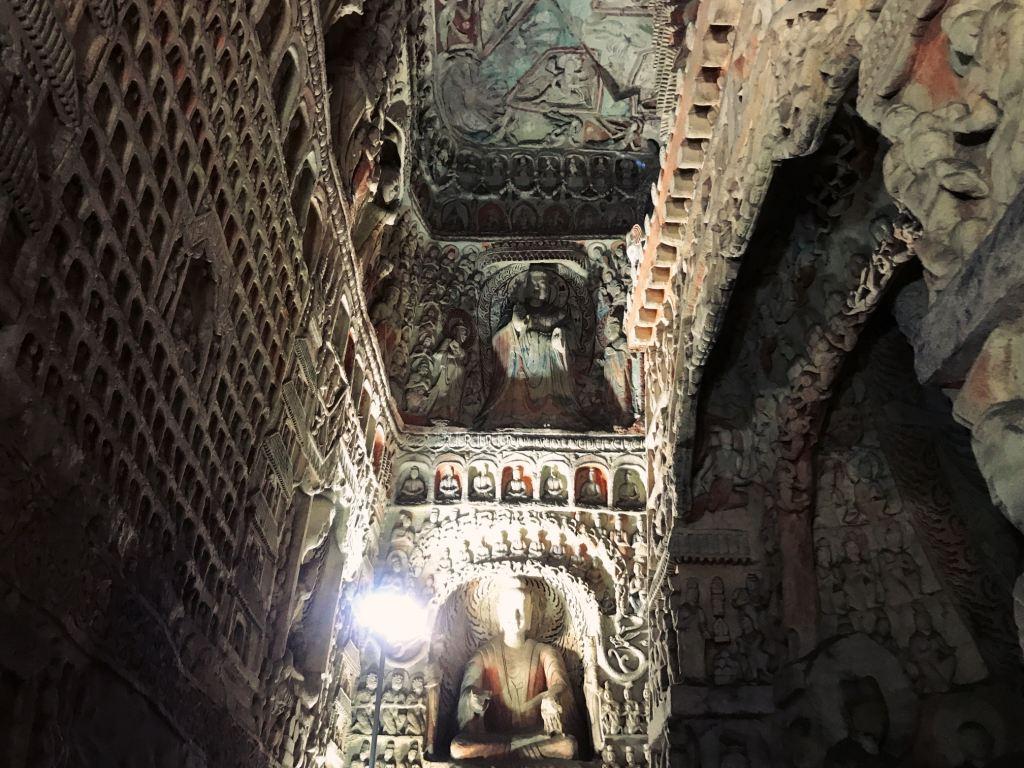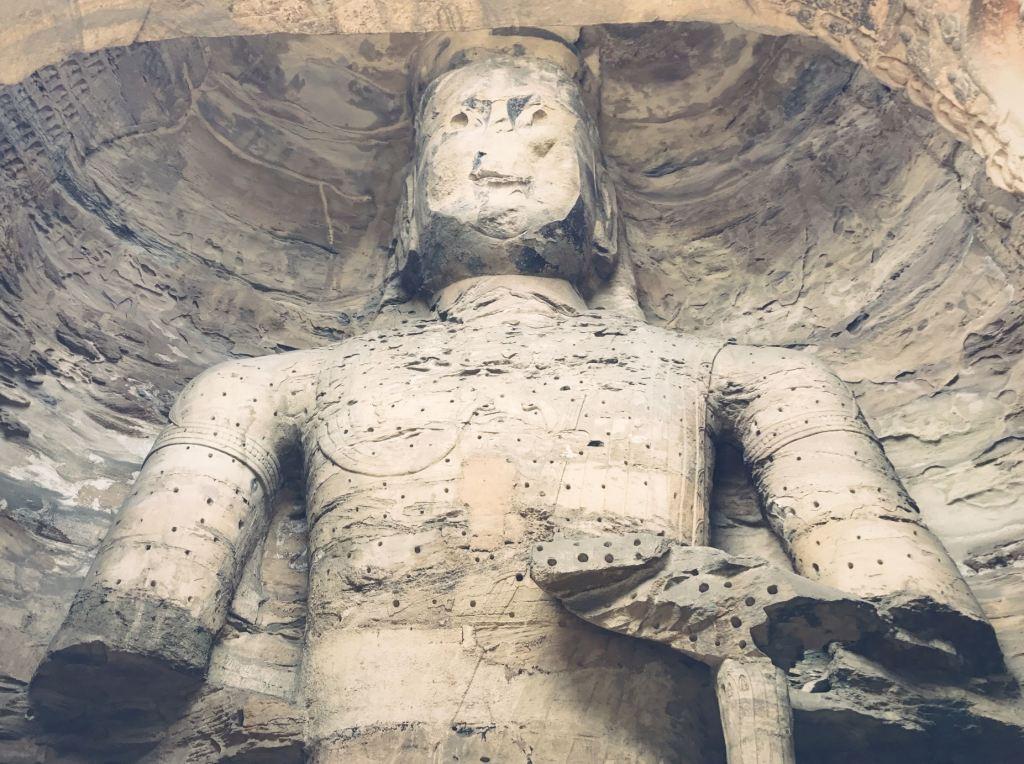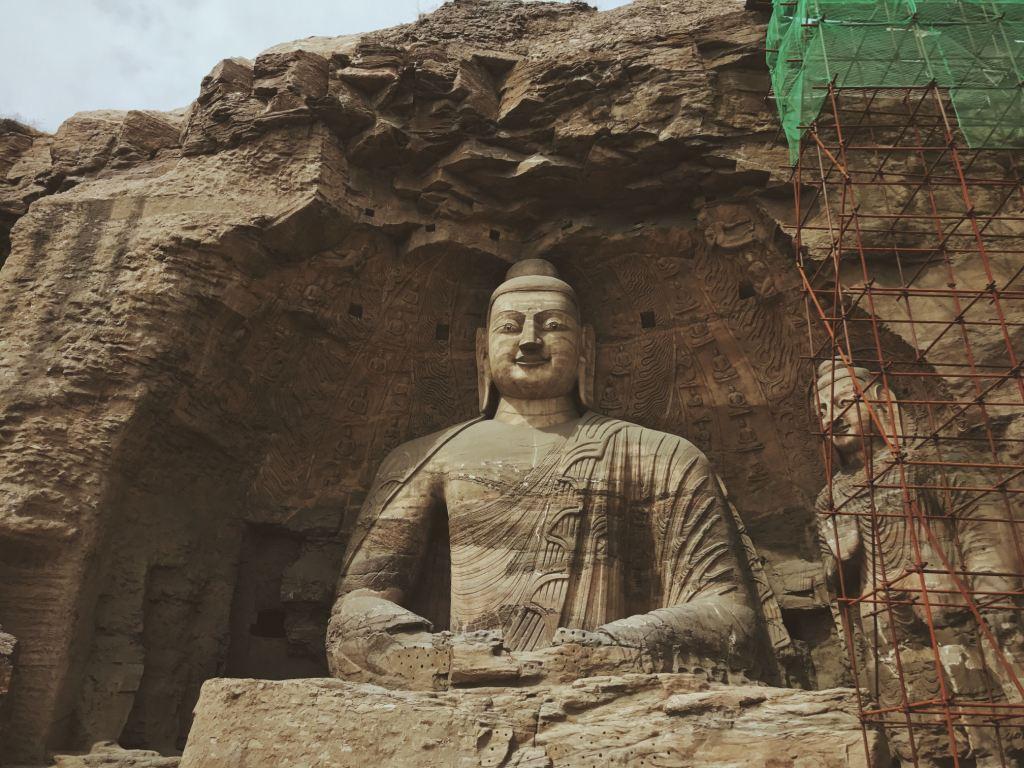You’ve lived in Beijing for more than a year already and you’ve (never) been to many historic areas. Congratulations! China boasts 52 UNESCO World Heritage Sites, ranking second in the world. Six of them are located in Beijing — and may be taken for granted because they’re just sitting in the city and waiting to be visited. These remarkable heritage sites, however, are just part of a wider network of impressive cultural wonders that remind us of the 5,000-year history of China.
Outside of Beijing, the neighboring Shanxi Province has three heritage sites, one of which I visited in April. In the ancient city of Datong, regarded as the “coal capital” of China, there’s a massive collection of Buddha carvings on the walls of more than 250 caves or grottoes in a sandstone cliff 16km west of the city center. “Massive collection” may be an understatement for the first part of my China Bucket List in Shanxi series, because the number of the statues in the Yungang Grottoes reach 51,000 and the whole complex extends about 1km.
Grace, tour guide for Foreigner China Network, said that the Yungang Grottoes were built in the mid 5th-century under the auspices of a monk named Tan Yao. At that time, the ruling Northern Wei Dynasty made Pingcheng (present-day Datong) its capital and adopted Buddhism as its religion. It’s been said that about 40,000 people helped in the construction of the grottoes, with Buddhists from what is now Sri Lanka coming to the city.

The sight of the Buddha statues is just as dizzying as their sheer number. You have smiling Buddhas, Bodhisattvas, and still more Buddhas. Many of the statues have been eroded because of weathering and exposure to pollution but inside the caves, you’ll spot intricate relief artworks which look spooky but relay stories about the Buddhist mythology.
A cave known as Grotto No. 1 has a temple where an image of Buddhist monks and other celestial figures was painted on a wall near the entrance. Though faded, the way the artwork is composed evokes a certain mixed feeling of awe and terror due to the richness of its detail (especially the expressions on their faces).

I noticed holes drilled into each statue and asked our tour guide what they were for. He said the holes “provide air circulation” to prevent further damage. Okay – I did not really understand the science behind it but whatever they were for, I just hope that the statues will be preserved well.
Another thing that captured my attention were the holes in the eyes of big statues. Our guide said that the eyes are socketed with gemstones, and for the one in the picture below, it has blue eyeballs which I reckon are either sapphire or zirconium.


The Chinese government has paid extra attention to preserving the whole complex, designated as World Heritage Site in December 2001. Despite that, several caves have been reconstructed for tourism purposes and as my colleague Tom (who also visited the grottoes in April) points out, these caves “are re-emerging as smooth 21st century imaginings of what they once were.”


Next in China Bucket List in Shanxi: An international photography festival in another World Heritage Site, where the city retains its historical Ming and Qing Dynasty feel.
Photos: Andy Penafuerte III
This post first appeared on beijingkids. See more of my stories here.
Subway Sunday | Mandarin Monday | The Bucket List | Doctor’s Corner
Email: andypenafuerte@beijing-kids.com
Web: coolkidandy.wordpress.com
Instagram: @coolkidandy
